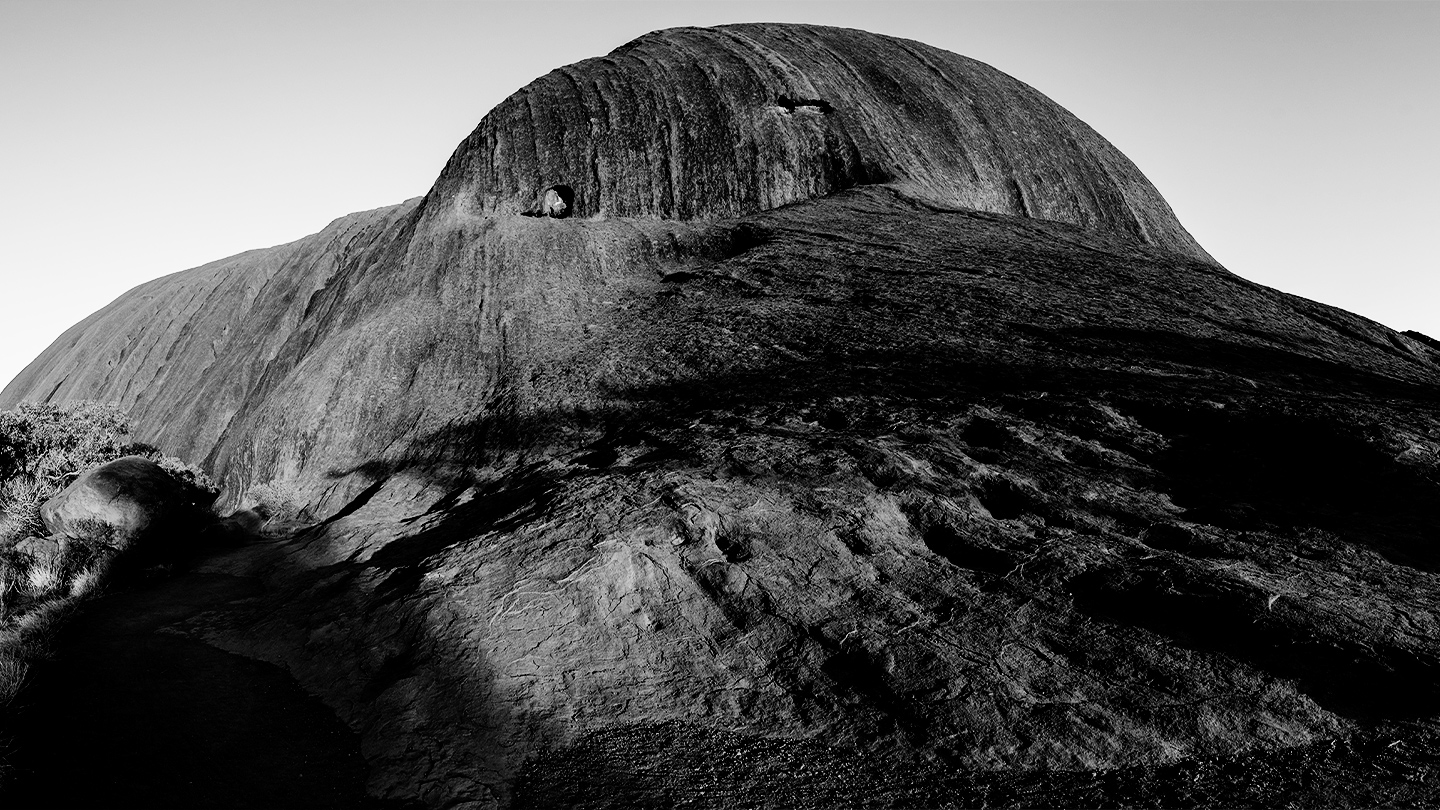Land Use 1788-present
The expansion of the colony significantly impacted Aboriginal hunting grounds including access to waterways. Laws facilitated the sale and lease of land to colonists who had sought to occupy the land by, in many cases, squatting without any legal rights.
The colony of New South Wales was established by Governor Phillip under instructions from King George III (). Even in its initial stages, the original colony significantly impacted the local Aboriginal people’s hunting and fishing practices (see SUB0348 Fishing laws and SUB0028 Hunting equipment and firearms).
The Crown Lands Unauthorized Occupation Act 1836 (NSW) () introduced licenses that allowed colonists to use Crown land for pastoral activity. This meant that substantial tracts of land became occupied and Aboriginal people’s access to their land was restricted. In addition, many colonists continued to occupy significant amounts of land without a license or other legal authority. There were violent conflicts between Aboriginal people and colonists over the land and resources (; ; ; ) (see generally frontier conflict (to come)).
British Prime Minister Earl Grey acknowledged that Aboriginal people were facing difficulties sustaining themselves by hunting and fishing due to lack of accessible lands ().
In 1849, a condition was inserted into pastoral leases stating that Aboriginal people could access the land to hunt and fish (; ). Despite this, the government was aware that settlers leasing the land often violently denied Aboriginal people’s access (; ; ; ). People harming or denying the rights of Aboriginal people trying to hunt and fish on the land were rarely brought to justice by officials (; ).
The Land Trespasses Act 1854 (NSW) () created offenses for trespassing on ‘inclosed’ lands both private and public. Inclosed lands meant land surrounded by any fence, wall or other kind of boundary. The law criminalised trespassing on inclosed lands, which would have prevented Aboriginal people from accessing their hunting grounds. In 1901, this law was repealed and continued by the Inclosed Lands Protection Act 1901 (NSW) ().
The Western Lands Act 1901 (NSW) () and Crown Lands Consolidation Act 1913 (NSW) () further facilitated the occupation of land that was traditionally used by Aboriginal people, which limited areas available for hunting and fishing. There was no provision in these laws for Aboriginal people to access the lands.
The Crown Land Management Act 2016 (NSW) () was the first Crown land legislation to make extensive reference to Aboriginal communities. The objects of the Act include, ‘to facilitate the use of Crown land by the Aboriginal people of New South Wales…’. The Act included several provisions outlining the interests and rights of Aboriginal people related to the use, access and management of Crown land. The Act recognised Aboriginal land rights and cultural connections and mandated Aboriginal co-management/consultation in the future planning and use of Crown land. This Act remains in force and is the authority on Crown land in NSW.
Further research regarding Land Appropriation is coming soon.
The law and policy in this subject is accurate as of 1 April 2024.
